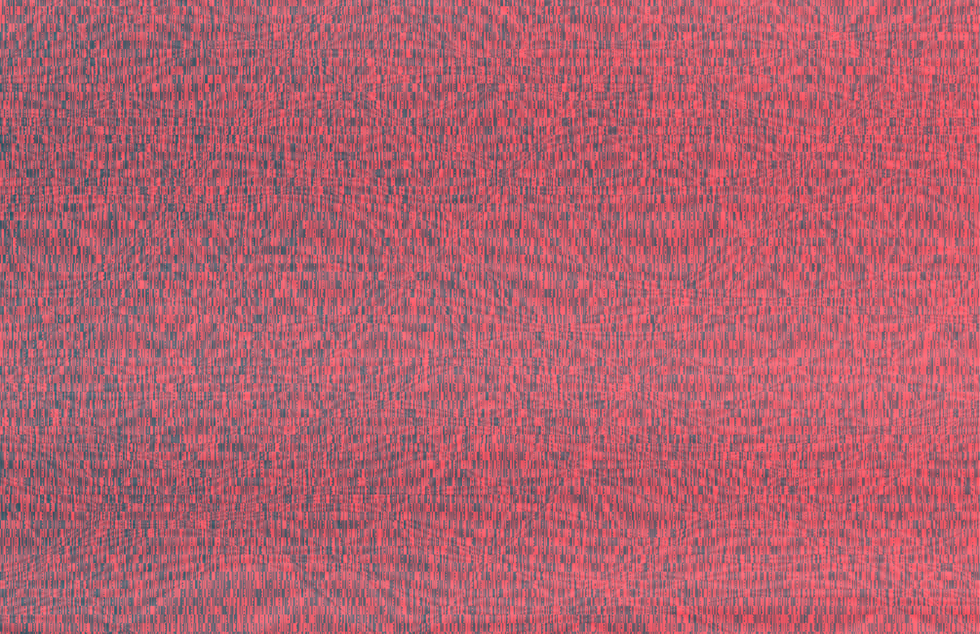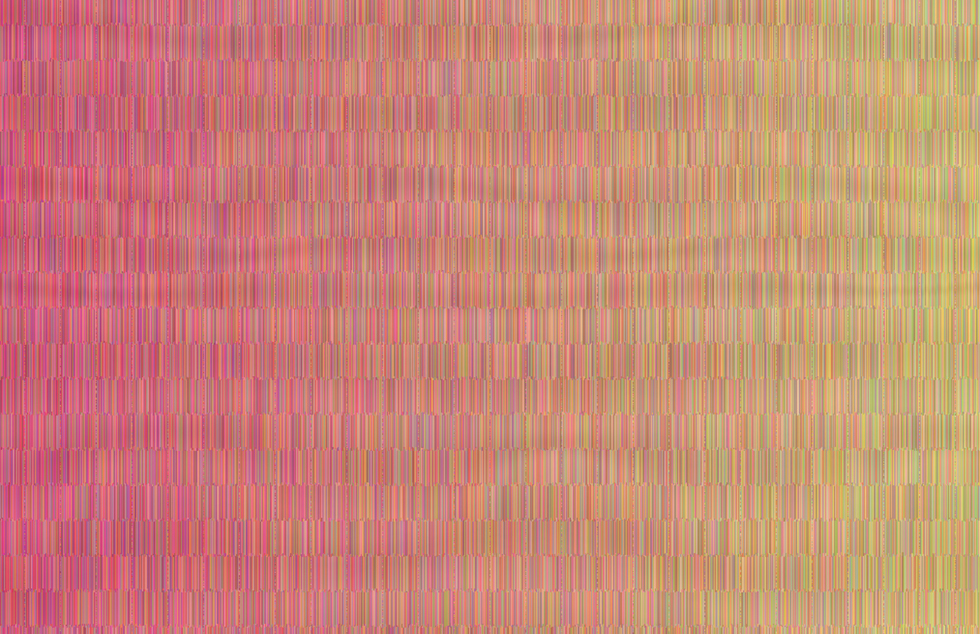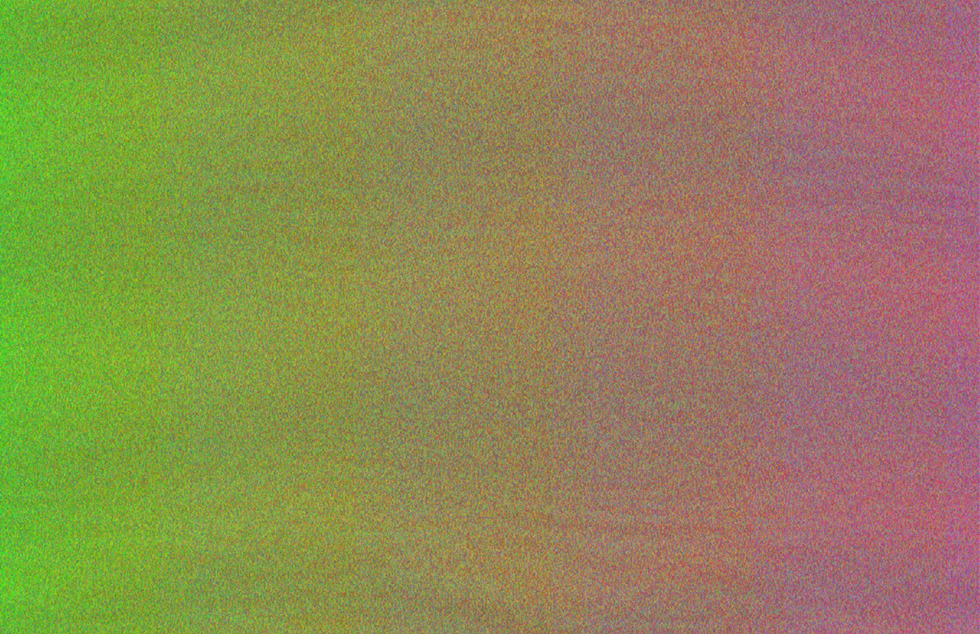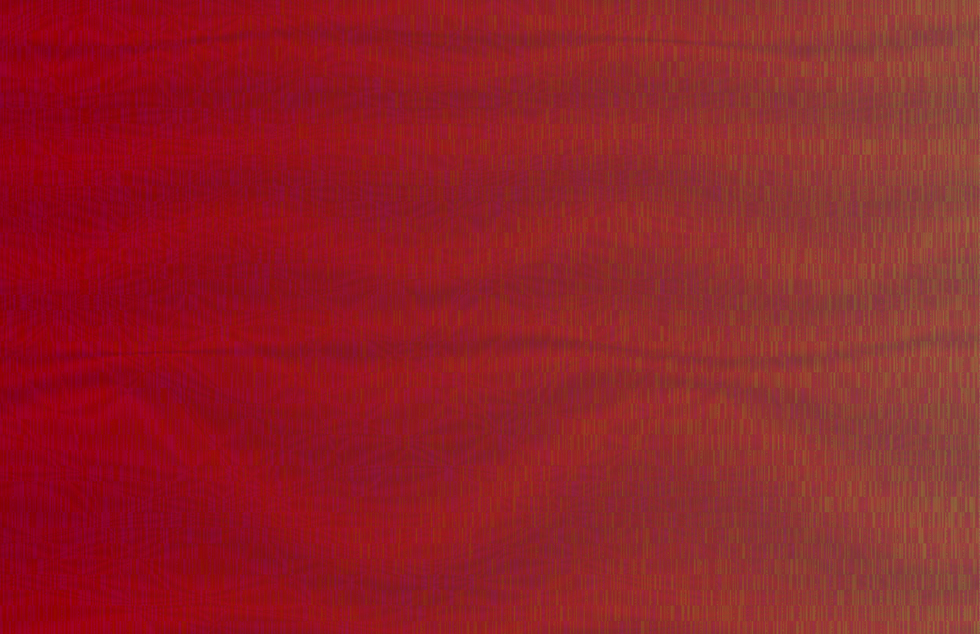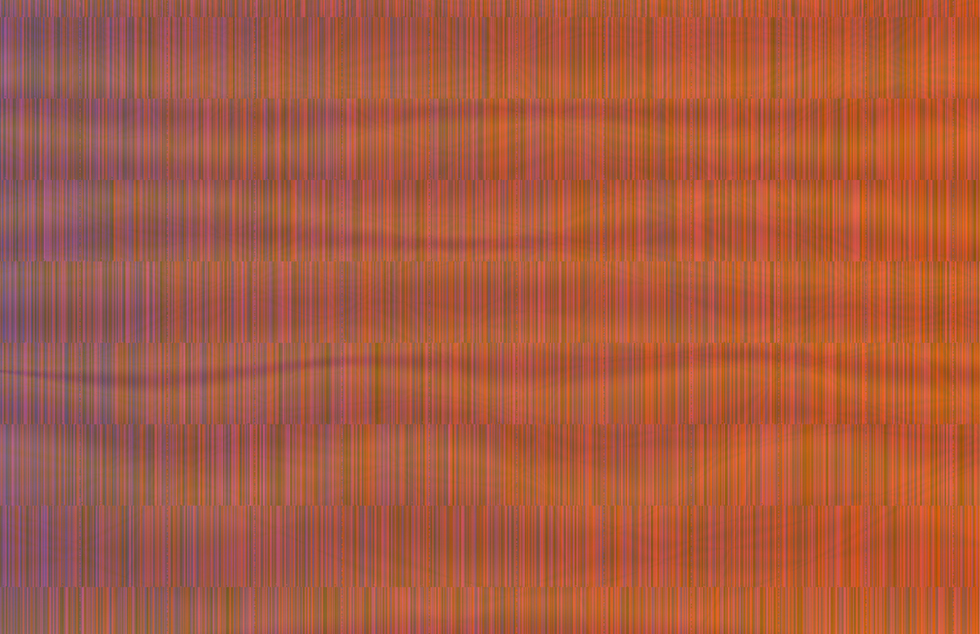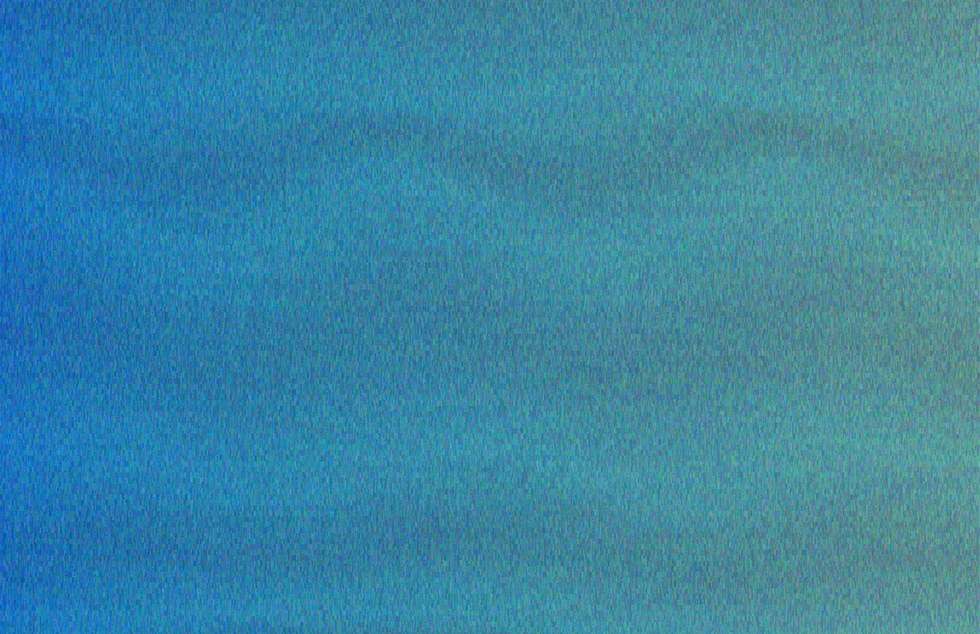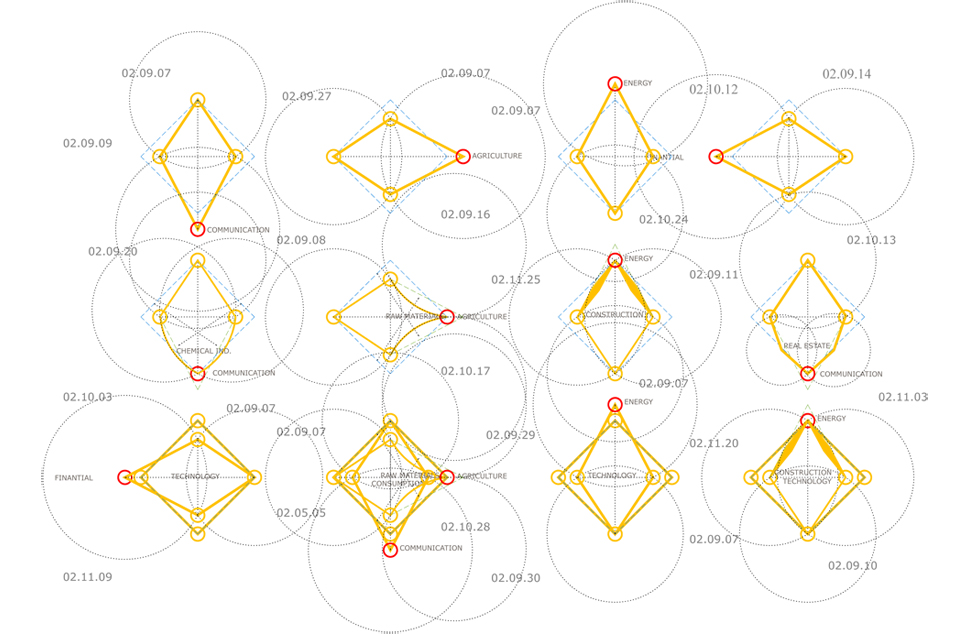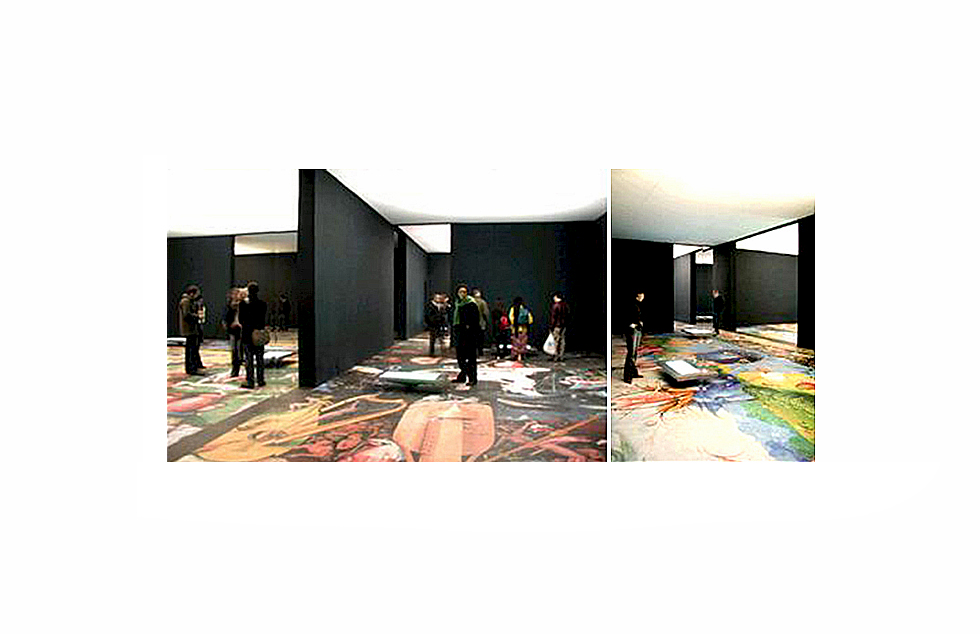RGB Global
This project is our contribution to the Spanish pavilion at the 2002 architecture biennale in Venice, an interactive experiment about the connection between the fluctuation of global market and the architectural aesthetic tendencies.
RGBGlobal™ is project developed in collaboration with Alejandro Zaera-Polo, Antoni Gullamón (Applied Maths department, UPC) and Enrique Romero (computer languages AI department, UPC) and was part of the Spanish Pavilion exhibition in the 2002 Venice Architecture Biennale.
RGBGlobal™ is a prototype of a tool that will allow architects to position themselves strategically in an increasingly global, complex and fast-changing market. A must-have in the architect’s office of the 21st Century.
In the same way that politicians are no longer operative without opinion polls, and investment bankers don’t dare deciding without expert data-mining systems, the time has come for architects to understand that they are no longer the great designers of the world and to accept that taste is neither personal nor eternal, but rather an unstable substance that depends on the markets. If architecture has been traditionally a local business, it is increasingly important to be able to take positions in the global market, even if the operation of architecture happens always within a local domain. RGBGlobal™ is a tool that allows architects to position themselves in the global market by processing global data, and yet, providing the possibility to develop local specificity by training the tool.
Like any other value, architectural quality is a vector that negotiates an increasingly complex system of forces operating on a local scale but globally determined. A contemporary project needs to build its possibilities and potentials within environments with high levels of variation and indeterminacy, and as in any other professional field, operativity is increasingly dependent of processes of automatization. RGBGlobal™ is a tool that enables architects to engage in this most contemporary mode of machinic sensibility. Unlike generalised belief, the processes of automatization allow individuals to make real choices in a globalised environment, by allowing them to navigate effectively through the increasingly complex layers of information that characterise globalised decision-making process, without becoming captured in the systems of local belief.
RGBGlobal™ has been designed as a tool that will enable the users to process global information efficiently and develop machinic sensibilities by linking a global data processing expert system to an interface where the user can train the machine toward certain behaviour in tune with their individual inclinations.
We have made two hypotheses in the design of RGBGlobal™ as an expert system to model dynamically architectural value:
1. That architectural value is not just dictated internally by the professional media, but it always bears a relation to external factors, such as economy, politics, social structure, etc... Practices need to situate themselves in this field and to construct the condition of possibility for actualizing its potential organization. We may be slightly idealistic in this claim, but the recent after 9/11 Pritzker Prize seem a good proof of that bind.
2. Architecture is fundamentally the engineering of material life and therefore architectural value relies fundamentally in qualities derived from material organisations, distributions, formations... For the current version, we have excluded temporarily any linguistic and representational considerations, in favour of intrinsic material properties.
We have structured the architectural qualities of RGBGlobal™ around a few factors that exploit the possibilities of the plasma screen as an output device for the tool, a condition imposed by the format of this show. One could imagine that the tool could acquire more sophisticated levels of output if the format was less restrictive, to the limit in which the tool could select materials from catalogues, distribute programs or decide on massing options. The interest of this simple output is that with some imagination we could see in the screen tendencies that we could interpret as we want, and that the tool could be made universally available to run on a PC.
RGBGlobal™ organises information as a variable material and identifies differential qualities of density and organisation where the opportunities and potentials for the project may be identified. It is a tool that encodes global information into material organisations that reveal architectural qualities.
RGB Global
In collaboration with SiO2arch
Project duration: 2002
Promotor: Palau Robert
Type: Installation
Area: 20 m2
Site: Venice Architecture Biennale, Italy
In collaboration with SiO2arch
Project duration: 2002
Promotor: Palau Robert
Type: Installation
Area: 20 m2
Site: Venice Architecture Biennale, Italy
